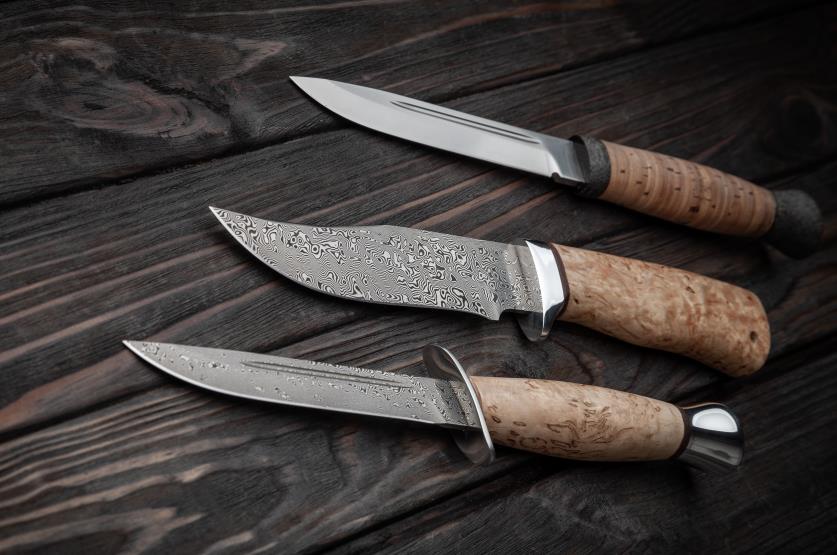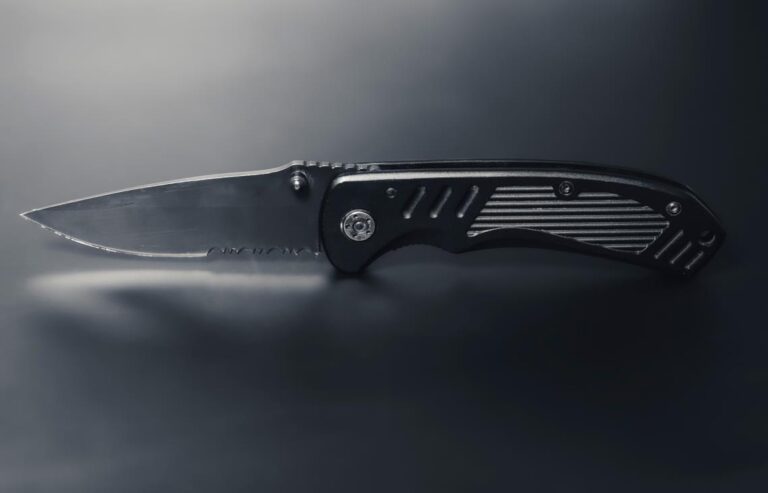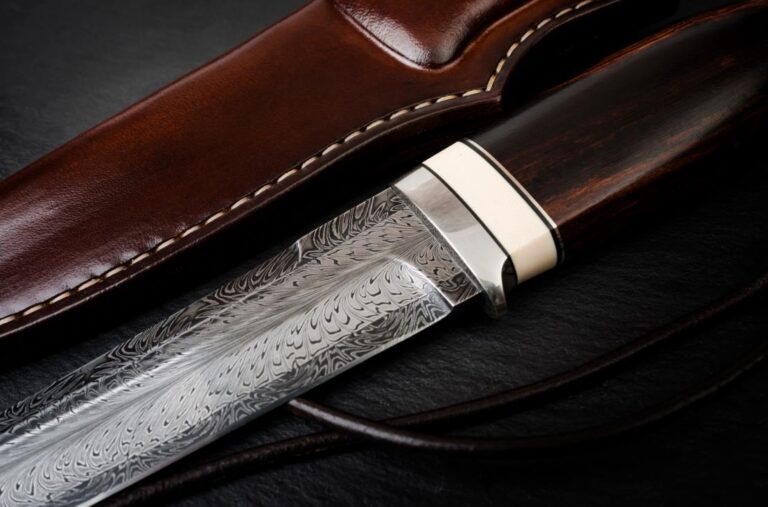Knife blades and razor sharp cutting edges are seen as the sexy parts of a knife and often hog the spotlight. However, the knife handle is fundamental to good knife performance, and no competent knife seller would be complete without appreciating knife handle design.
If you’re selling knives or interested in entering the field, a solid understanding of knife handles and their design is important. And for that reason, this article is all about that often overlooked part of the knife – handle.
Let’s jump right in and educate ourselves about this fascinating and useful part of the knife!
What impact does knife handle design have on my product?
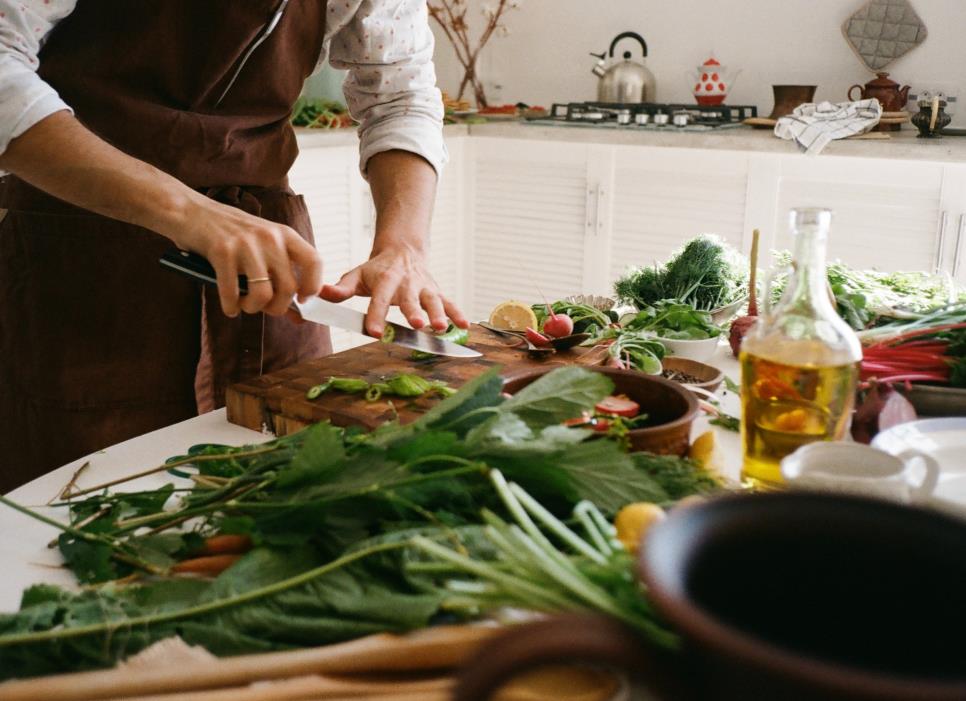
The essence of good design in any product is a meeting of both form and function. This principle holds true for knives too.
The best knife handles will be pleasing to look at and easy to market as eye catching products but will also give superior functionality and ease of use to the buyer.
The design of the knife handle is crucial to the overall success of the knife you’re selling because it affects:
- The weight of the knife
- The balance of the knife in the hand
- The overall ergonomics of the knife
- The aesthetic of the knife
- How safe the knife is to use
- How comfortable the knife is for the user
All of these factors relate directly to offering knives that buyers will want to own and ensuring that customers who buy from you will be happy with the performance of their knives once received.
Buy Wholesale Knives and Start Scaling up with Us Today
Contact us and connect with a sales rep to get a free quote.
What factors are important in the design of a knife handle?
Handle size
The size and dimensions of the knife handle should fit both the knife user and the tasks for which that particular knife is made.
For example, a paring (small) knife with a very long and thick handle would not be comfortable for manipulating the knife blade into soft fruits or doing detail work such as garnishes. Such a misalignment of the knife handle design and the purpose of the knife would make the knife unusable and thus a failure as a product.
A very large and heavy handle in the hands of a petite cook with tiny hands? Again, this customer would struggle to use the knife, and this would severely affect their enjoyment of your product.
For this reason, knife handles should be recommended with the hand dimensions of the customer and what the knife will be used for in mind!
Handle shape
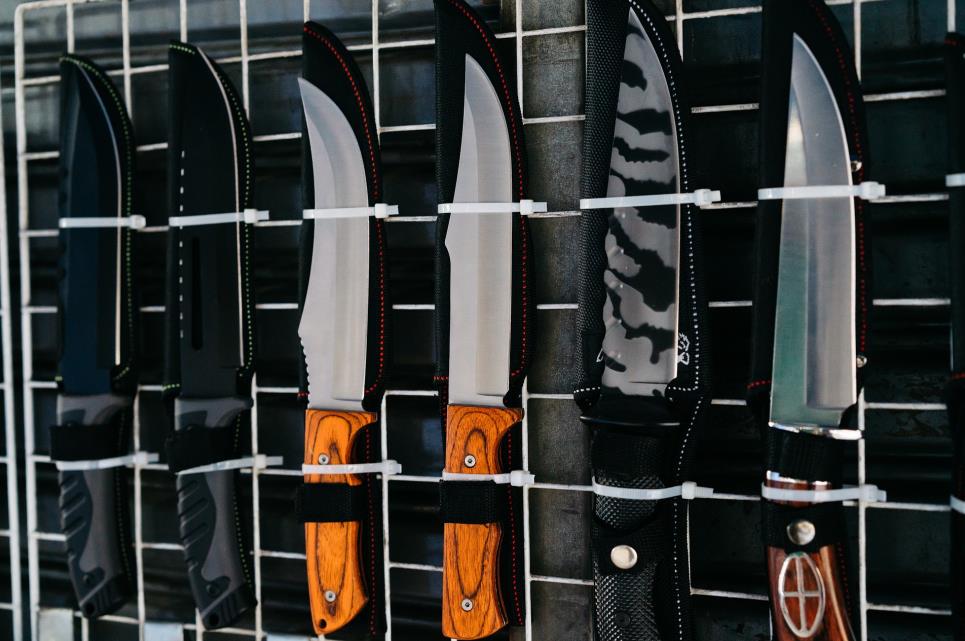
We’ll go into more detail on the common knife handle shapes later in this article, but again, the shape of the handle is key to a knife’s functionality and thus its success.
A slightly angular Japanese ‘wa’ handle offers good sideways grip, so it’s a wise choice for preparing slippery ingredients like raw fish.
In contrast, a long rounded handle in the Western style will be the preferred choice of many customers for their chef’s knife because this type of handle shaping offers both good control and comfort in the hand.
Again, the knife’s usage and customer preference play a key role in determining which handle type design is best.
Handle ergonomics
A poorly designed knife handle with bad ergonomics or engineering can lead to a range of problems that you as a knife retailer would want to avoid. The knife handle is incapable of doing the tasks it was bought for quickly and efficiently
Knife handle ergonomics – what to avoid!
| Feature | Why it’s bad |
| Sharp – edged/Squared off handles | Doesn’t fit the human hand comfortably |
| Poor handle shaping | Causes hand strain, possibly injury |
| Overly short handles | All fingers need contact with the handle |
| Deep finger grooving on the handle | Weakens gripping power |
| Overly textured handle | Can abrade the skin and collect bacteria |
| Deeply carved or detailed handle | Hard to clean – unsanitary |
Knife handle materials
Synthetic
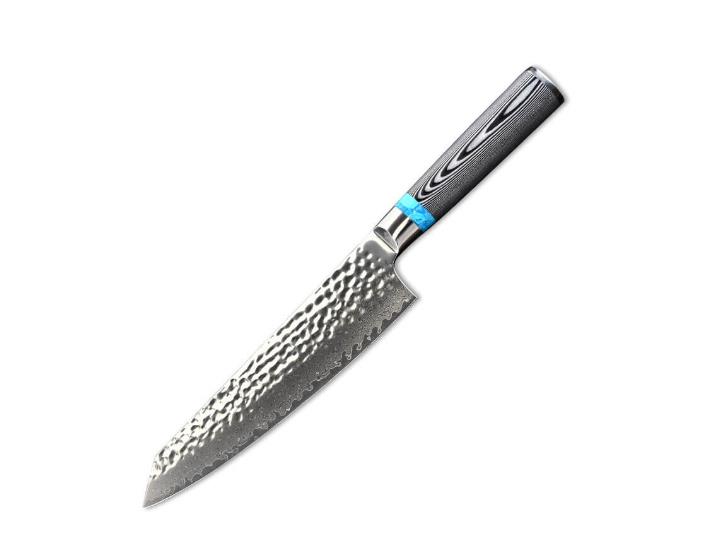
There are a number of synthetic knife handle materials available to today’s knife retailer and these offer real benefits to the customer.
Some common synthetic knife handle materials include pakkawood; carbon fiber; steels and resins.
Selling points of synthetic knife handles
- Can offer a lightweight handle if this is desired
- Ecologically friendly as natural resources aren’t harvested
- Increased hygiene
- Usually easier to clean
- Little maintenance required
- Good durability over time
- Do not transmit heat so safe to use
- Can be slightly textured to improve grip
- Usually more cost effective than natural material handles
Natural
Natural material handles are becoming less common today but will always be popular with some buyers.
Common natural materials used for knife handles include bone; wood; or the shell, teeth or tusks of some animals.
Selling points of natural knife handles
- Exclusivity/desirability as natural resources become more valuable
- Obvious natural beauty
- Can be ecologically sound if sustainably harvested
- Materials like wood can offer antibacterial properties
- Natural materials usually don’t react badly with foods like acid substances
- Many natural materials can be durable and long lasting provided they are looked after and stored properly
Knife tang types and how this impacts the knife handle
The knife tang is the part of the knife blade that enters the knife handle.
The 2 main types of knife tang can run about halfway through the knife handle (partial tang) OR can go the whole length of the knife handle (full tang).
A knife tang helps to make the knife durable, and it will affect the weight and balance of the knife in the hand.
Partial tang
A partial tang can be glued or welded to the knife handle or riveted in for greater strength.
Because the whole tang is not inserted into the knife handle, these knives are not as durable as full tang knives and are best for light to medium cutting tasks.
A partial tang knife handle will be lighter than a full tang one, meaning more exertion on the handle control is needed and that the balance of the knife will often be tilted towards the blade.
Full tang
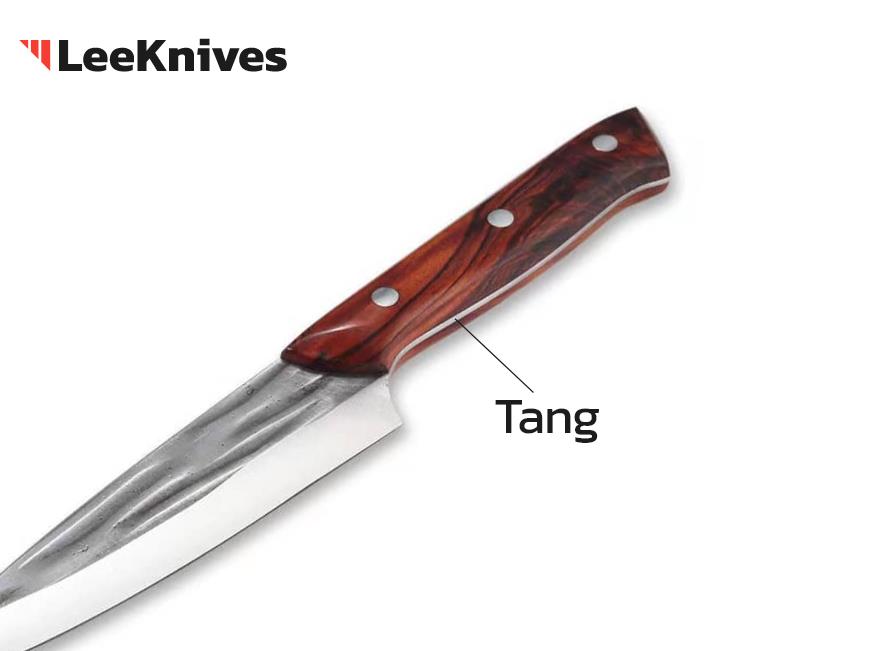
A full tang knife will either be one complete and uninterrupted piece of metal OR the metal blade will run all the way through the handle material to the butt, the very end of the knife handle.
A full tang knife is very strong and offers good durability for even tough kitchen tasks.
The full tang knife will be heavier in the handle than that with a partial tang only, which gives weight to drive the cutting action. For a full tang knife the balance of the knife is often tilted towards the handle, depending on the knife’s design and manufacture.
Common knife handle designs
We’re going to look at the two common knife handle designs here as they’re most relevant to today’s market.
One is Western in origin, and the other is Eastern, so including both types in your stock means you’ve got something to offer everybody!
Let’s begin in the West as to many customers this type of handle will be instantly recognized and very familiar.
Western (yo) handle design
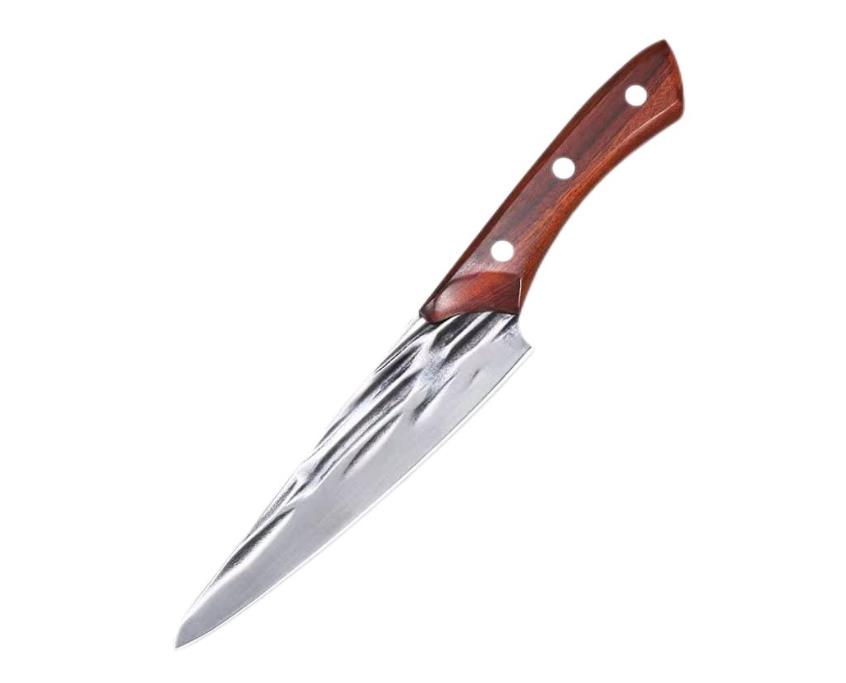
Western style knife handles, called ‘yo’ style in Japanese, are often oval or tubular shaped and sit very comfortably in the palm of the Western user.
They require no great skill to use, and the simple design doesn’t force the user into any complicated grips – the user will either wrap the fingers around the handle or employ a pinch grip which is common in professional cooking environments with a chef’s knife, for example.
In construction the Western style handle is often heavier than its Eastern counterpart and most knives will feature the familiar 3 rivet handle.
In Western knives the balance of the knife is more likely to be found leaning towards the handle and this favors the downwards cutting and chopping motions of Western cookery.
Japanese wa handle design
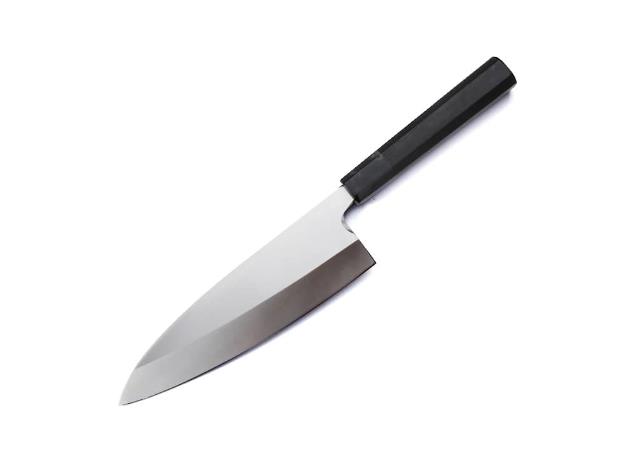
Japanese wa handle knives are known for their spare, angular elegance of design and are generally lighter than Western style handles.
Typically a wa knife handle will be shaped octagonally, in a ‘D’ shape or a shield shape.
For users familiar with wa handle knives, this shaping gives better purchase on the handle sides and greater dexterity on skilled jobs like deboning expensive fish. The blade of the knife can be rolled a little using the handle without having to regrip the knife and change momentum, which is very labor efficient.
For the Western user, using a wa handle will take some practice until it feels comfortable in the hand.
In wa handle knives the weight balance of the knife is often towards the blade which favors the push cutting motion common in Asian cuisine.
Often a Japanese style ‘wa’ knife handle will have a collar made of a very strong material that helps to protect the softer handle wood and make it more durable. This feature is not common in Western style knife handles.
What types of knife handle should I offer in my store?
In terms of quality, you should always aim to be sourcing products that fulfil the criteria for a good knife handle as discussed in this article.
Design tweaks like a welded bolster add strength and beauty to a knife handle and you could consider offering these design touches too!
As far as Eastern or Western style handles, there is no ‘better’ option – both are very good quality if sourced from a professional and reputable supplier and Eastern style ‘wa’ knives are becoming more and more popular with Western buyers.
A range of knife handle choices will give your buyers choice and allow for you to offer knives that suit their aesthetic, their usage preferences, their culture, and what the knife will be used for specifically.
Customers love choice and ranges like those offered by LeeKnives are both attractive to many different tastes and in many instances customizable.
Buy Wholesale Knives and Start Scaling up with Us Today
Contact us and connect with a sales rep to get a free quote.
In conclusion
Thank you for joining us in this exploration of knife handle design, we’ve trumpeted the value of the humble knife handle here and we hope you’ll pass this knowledge on to your buyers!
For a hassle free quote or advice on anything knife sales and accessories related, do contact us so that we can steer you right.
